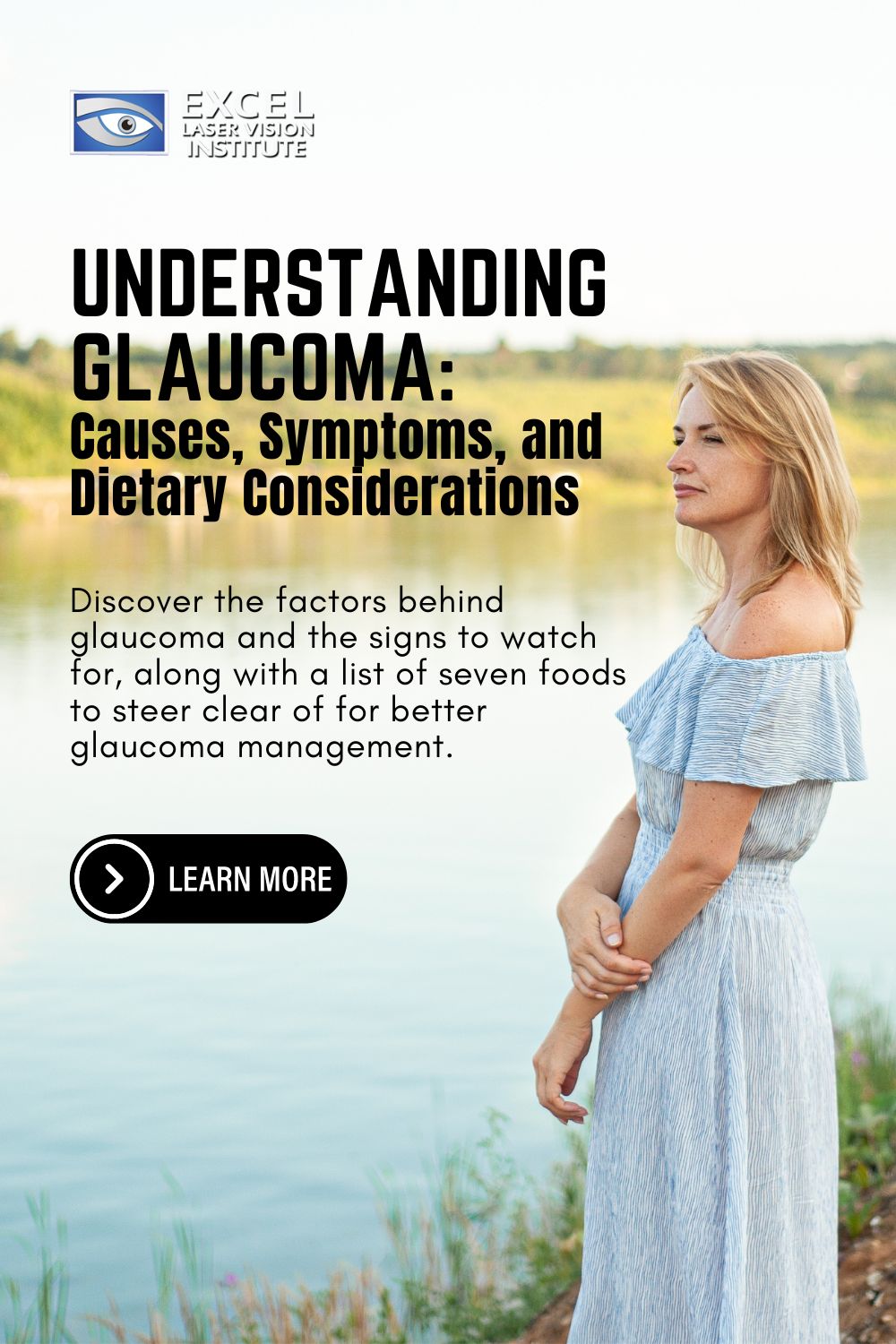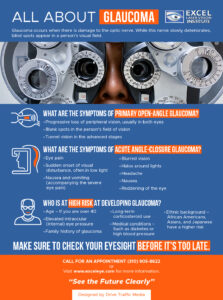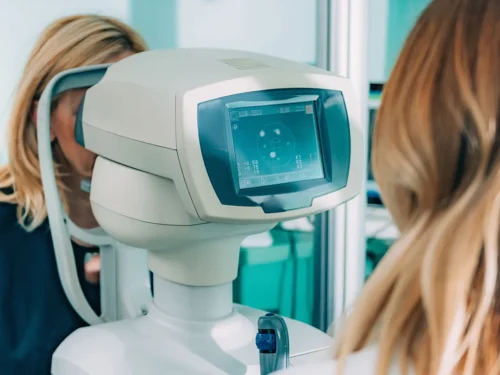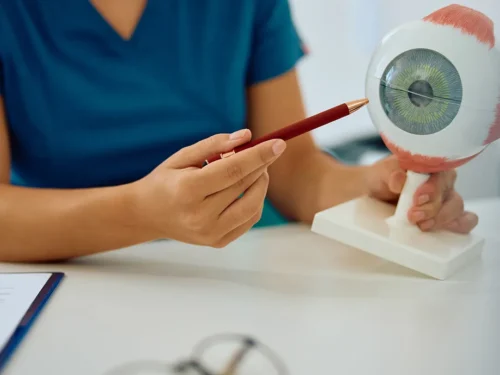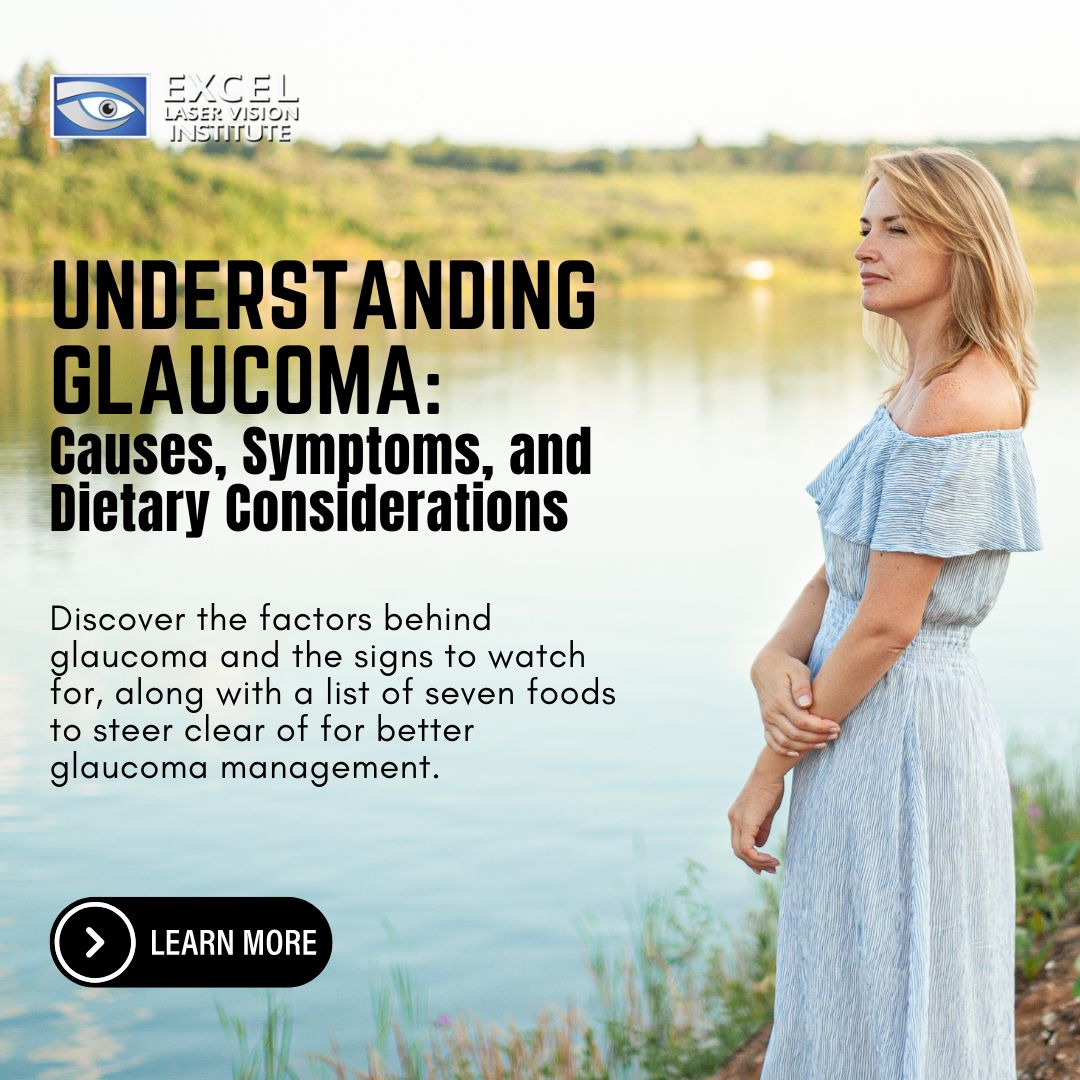
On average, the eye doctors tell us that about three million Americans have glaucoma, however, only half of them know it.
Unfortunately, glaucoma is an eye disease that eye doctors at the best laser eye surgery orange county don’t take lightly because it’s the second leading cause of vision loss and blindness in the world. The two most common forms of glaucoma that patients have are Primary Open-Angle Glaucoma and Acute Angle-Closure Glaucoma.
What Causes Glaucoma?
Glaucoma occurs when there is damage to the optic nerve. While this nerve slowly deteriorates, blind spots appear in a person’s visual field. The medical community still doesn’t understand why the optic nerve becomes damaged, but it could be related to increased pressure in the eye.
Elevated eye pressure usually comes about because of the accumulation of fluid, known as aqueous humor, that moves throughout the inside of the eye. This internal fluid usually drains out by way of a tissue called the trabecular meshwork at the angle where the iris and cornea come together. When too much fluid is produced or the drainage system doesn’t work correctly, the fluid can’t move at its normal pace, and eye pressure increases.
Typically, glaucoma runs in families. Also, scientists have been able to find genes in some people that are related to high eye pressure and optic nerve damage.
What Are The Symptoms of Primary Open-Angle Glaucoma?
The eye doctors usually call open-angle glaucoma “the silent thief of sight” since it has no symptoms until permanent vision loss has happened. Symptoms in advanced stages of the disease consist of the following::
-
Progressive loss of peripheral vision, usually in both eyes
-
Blank spots in the person’s field of vision
-
Tunnel vision in the advanced stages
Regular eye exams are critical to detect this type of glaucoma early enough to successfully treat the condition and prevent further loss.
What Are The Symptoms Of Acute Angle-Closure Glaucoma?
An angle-closure glaucoma is an uncommon form of glaucoma, which develops very rapidly and requires immediate medical attention.
It’s the complete opposite of open-angle glaucoma since the symptoms of acute angle-closure glaucoma are very noticeable and damage happens quickly. If you experience any of these symptoms, seek immediate care:
-
Eye pain
-
Sudden onset of visual disturbance, often in low light
-
Nausea and vomiting (accompanying the severe eye pain)
-
Blurred vision
-
Halos around lights
-
Headache
-
Nausea
-
Reddening of the eye
Who Is At High Risk At Developing Glaucoma?
On account of the fact that chronic forms of glaucoma can harm a person’s vision before any signs or symptoms are noticeable, take a look at this list of higher risk factors:
-
Age – If you are over 40
-
Elevated intraocular (internal) eye pressure
-
Family history of glaucoma
-
Ethnic background – African Americans, Asians, and Japanese have a higher risk
-
Long-term corticosteroid use
-
Medical conditions – Such as diabetes or high blood pressure
7 Foods to Avoid When You Have Glaucoma
While various factors contribute to the development and progression of glaucoma, including genetics and increased intraocular pressure, certain dietary choices may impact the condition. While there is no specific glaucoma diet, some foods and lifestyle habits are generally advised for those with glaucoma. Here are foods that individuals with glaucoma may consider avoiding or limiting:
High-Sodium Foods
Excessive salt intake can eventually lead to increased blood pressure, which, in turn, may contribute to elevated intraocular pressure (IOP). Individuals with glaucoma are often advised to limit their sodium intake to help sufficiently manage their condition. Processed foods, canned soups, and salty snacks should be consumed in moderation.
Caffeine
Some studies suggest that caffeine may temporarily increase intraocular pressure. While the evidence is inconclusive, individuals with glaucoma may choose to monitor their caffeine intake. This includes coffee, tea, energy drinks, and certain caffeine medications.
High-Sugar Foods
Diets high in sugar have long been associated with various health issues, including diabetes. Individuals with diabetes have a considerably increased risk of developing certain types of glaucoma. Therefore, managing sugar intake is essential for overall health and potentially for glaucoma management.
Fried and Fatty Foods
High-fat diets may contribute to obesity and other health problems, indirectly affecting eye health. Fried and fatty foods, particularly those high in trans fats and saturated fats, must be limited. Instead, individuals are encouraged to include healthy fats like omega-3 fatty acids typically found in fish, flaxseeds, and walnuts.
Processed Foods
Processed foods often are packed with unhealthy additives, preservatives, and trans fats. These can contribute to inflammation and other various health issues that may indirectly impact eye health. Opting for fresh, whole foods is generally a better choice.
Alcohol
Excessive alcohol consumption can be causation for dehydration and may impact the body’s ability to regulate intraocular pressure. Individuals with glaucoma should moderate their alcohol intake and stay well-hydrated.
High-Glycemic Index Foods
Foods with a high glycemic index can cause rapid spikes and crash in blood sugar levels. Maintaining stable blood sugar levels is crucial for overall health, including eye health. Choosing low-glycemic index foods like whole grains, fruits, and vegetables may be beneficial.
Conclusion
Glaucoma, a group of eye conditions causing optic nerve damage, necessitates attention to dietary choices. While not a substitute for medical care, avoiding or limiting certain foods may aid in managing the condition. High-sodium foods linked to increased blood pressure and caffeine, which might temporarily elevate intraocular pressure, should be moderated. Diets high in sugar pose risks, particularly for those with diabetes, increasing the importance of managing sugar intake. Limiting fried and fatty foods and processed items with unhealthy additives and moderating alcohol consumption contribute to a comprehensive approach.
Additionally, it’s important to note that while dietary choices may play a role in managing overall health and potentially influencing glaucoma, they are not a substitute for medical treatment. Regular eye check-ups, prescribed medications, and lifestyle modifications should be discussed with an ophthalmologist or healthcare professional to craft a comprehensive plan tailored to individual needs. Everyone’s health needs are unique so that specific dietary recommendations may differ from person to person. Always consult a healthcare provider for specialized advice based on individual health conditions and concerns.


